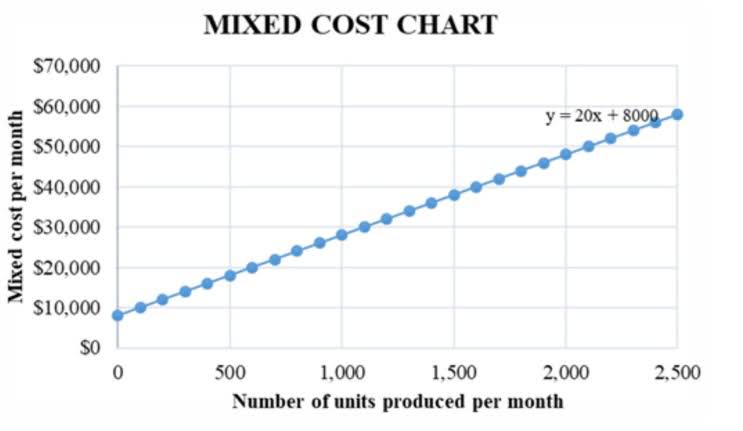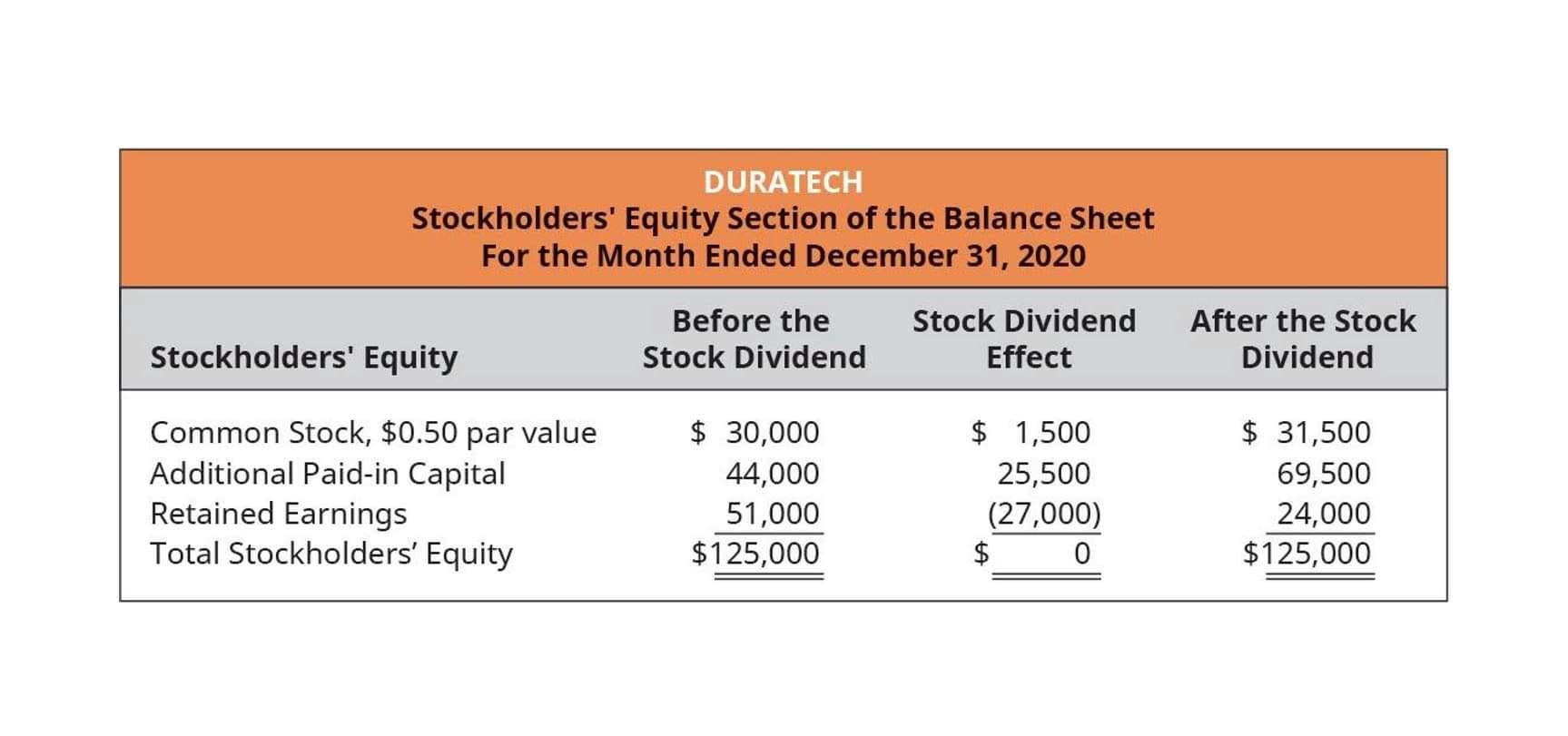Are Retained Earnings Current Liabilities Or Assets?

Profits generally refer to the money a company earns after subtracting all costs and expenses from its total revenues. Discover the Best Casino Entertainment Nights in Hellevoetsluis and explore the top venues for thrilling games, exciting nightlife, and unforgettable experiences. Most software offers ready-made report templates, including a statement of retained earnings, which you can customize to fit your company’s needs. To simplify your retained earnings calculation, opt for user-friendly accounting software with comprehensive reporting capabilities. There are plenty of options out there, including QuickBooks, Xero, and FreshBooks.
- Any profits that are not distributed at the end of the LLC’s tax year are considered retained earnings.
- Owner’s equity refers to the total value of the company that’s held in the hands of owners, including founders, partners, and stockholders.
- Asset liquidation involves selling all tangible assets like property, plant, inventory, etc. to generate cash and recover capital.
- If the board of directors approves a 10% stock dividend, each stockholder will get an additional share of stock for each 10 shares held.
Why You Can Trust Finance Strategists
Retained earnings are calculated through taking the beginning-period retained earnings, adding to the net income (or loss), and subtracting dividend payouts. The balance between rewarding shareholders and retaining profits for growth is the kind of tightrope walk that finance professionals must master. A company’s equity reflects the value of the business, and the retained earnings balance is an important account within equity. To make informed decisions, you need to understand how financial statements like the balance are retained earnings a liability sheet and the income statement impact retained earnings.

Are Retained Earnings Current Liabilities Or Assets?
Holders of common stock elect the corporation’s directors and share in the distribution of profits of the company via dividends. If the corporation were to liquidate, the secured lenders would be paid first, followed by unsecured lenders, preferred stockholders (if any), and lastly the common stockholders. The 2-for-1 stock split will cause the quantity of shares outstanding to double and, in the process, cause the market price to drop from $80 to $40 per share. For example, if a corporation has 100,000 shares outstanding, a 2-for-1 stock split will result in 200,000 shares outstanding. Now your business is taking off and you’re starting to make a healthy profit which means it’s time to pay dividends.

Impact of Business Closure on Retained Earnings

One of the main financial statements (along with the balance sheet, the statement of cash flows, and the statement of stockholders’ equity). The income statement is also referred to as the profit and loss statement, P&L, statement of income, and the statement of operations. The income statement reports the revenues, gains, expenses, losses, net income and other totals for the period of time shown in the heading of the statement. If a company’s stock is publicly traded, earnings per share must appear on the face of the income statement. An established corporation that has been profitable for many years will often have a very large credit balance in its Retained Earnings account, frequently exceeding the paid-in capital from investors.

How To Calculate Owner’s Equity or Retained Earnings
Discrepancies can arise from improperly accounted-for expenses, or from any inaccuracies in the reported net income, which directly affects the reliability of the retained earnings calculation. They allow online bookkeeping for a level of agility that external financing can’t always match, given the absence of additional debt or equity strings attached. They hold a vital role in reflecting a company’s ability to fund internal projects without needing external financing. Think of retained earnings as a reflection of a company’s mature financial decisions and investment in sustained growth.
- It involves paying out a nominal amount of dividends and retaining a good portion of the earnings, which offers a win-win.
- A corporation’s balance sheet reports its assets, liabilities, and stockholders’ equity.
- Retained earnings can be reinvested in various ways, such as funding new projects, expanding operations, or paying off liabilities.
- During the same period, the total earnings per share (EPS) was $13.61, while the total dividend paid out by the company was $3.38 per share.
- It shows a business has consistently generated profits and retained a good portion of those earnings.
- The liability is recorded as “Dividends Payable,” reflecting the obligation to distribute funds.
Net income vs. gross profit
- As a result, it is difficult to identify exactly where the retained earnings are presently.
- Available retained earnings can be reinvested back into the company by paying off debts and distributing profits to its owners and shareholders.
- The owners take money out of the business as a draw from their capital accounts.
- Also, keep in mind that the equation you use to get shareholders’ equity is the same you use to get your working capital.
- Simply put, revenue is about inflow, the top-line measure of business performance.
- This account also reflects the net income or net loss at the end of a period.
You can find your business’ retained earnings from a business balance sheet or statement of retained earnings. The earnings of a corporation are kept or retained and are not paid out directly to the owners. In contrast, earnings are immediately available to the business owner in a sole proprietorship unless the owner elects to keep the money in the business. The other is an action on the part of the board of directors to increase paid-in capital by reducing RE. Over the same duration, its stock price rose by $84 ($112 – $28) per share.

